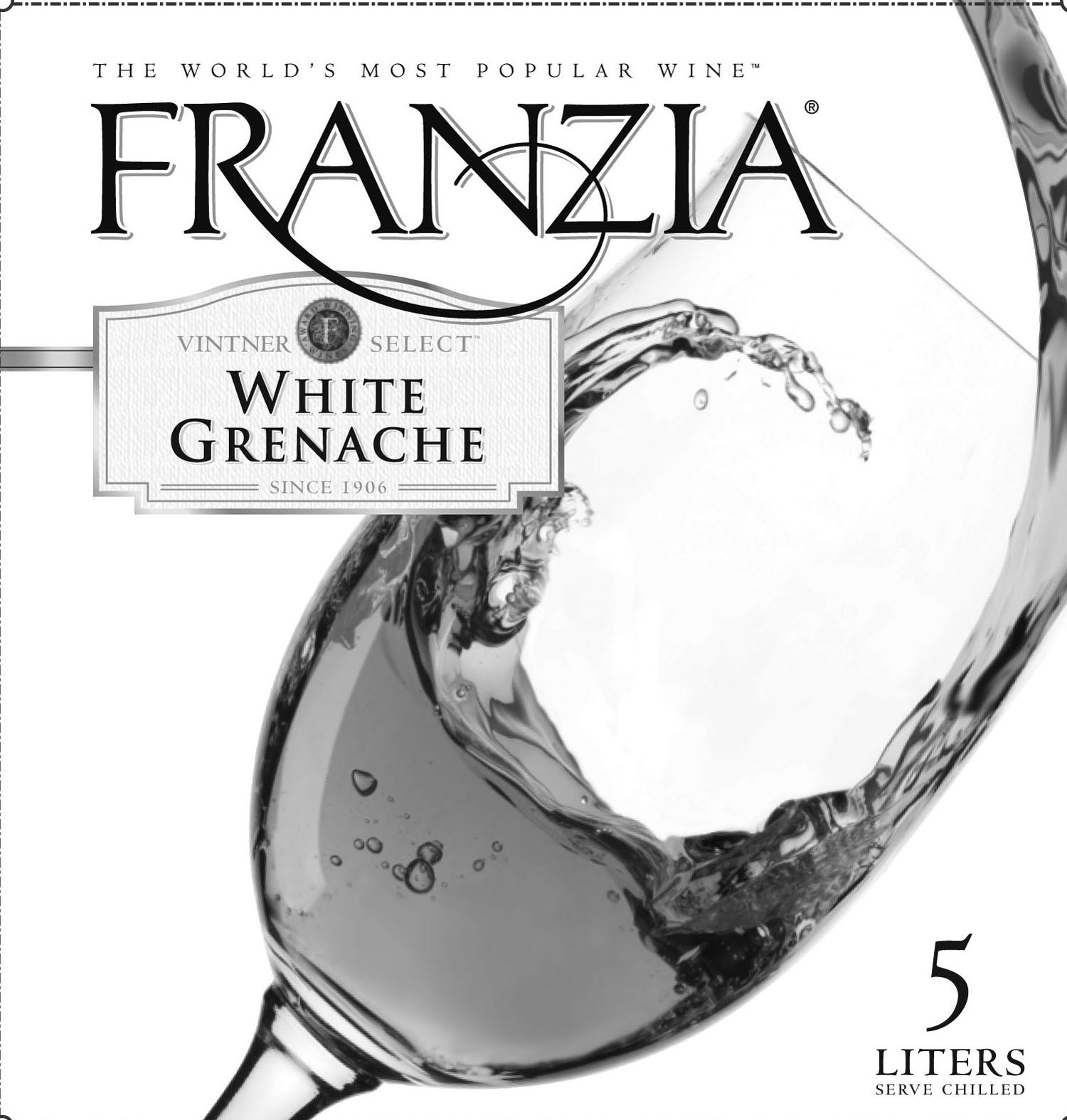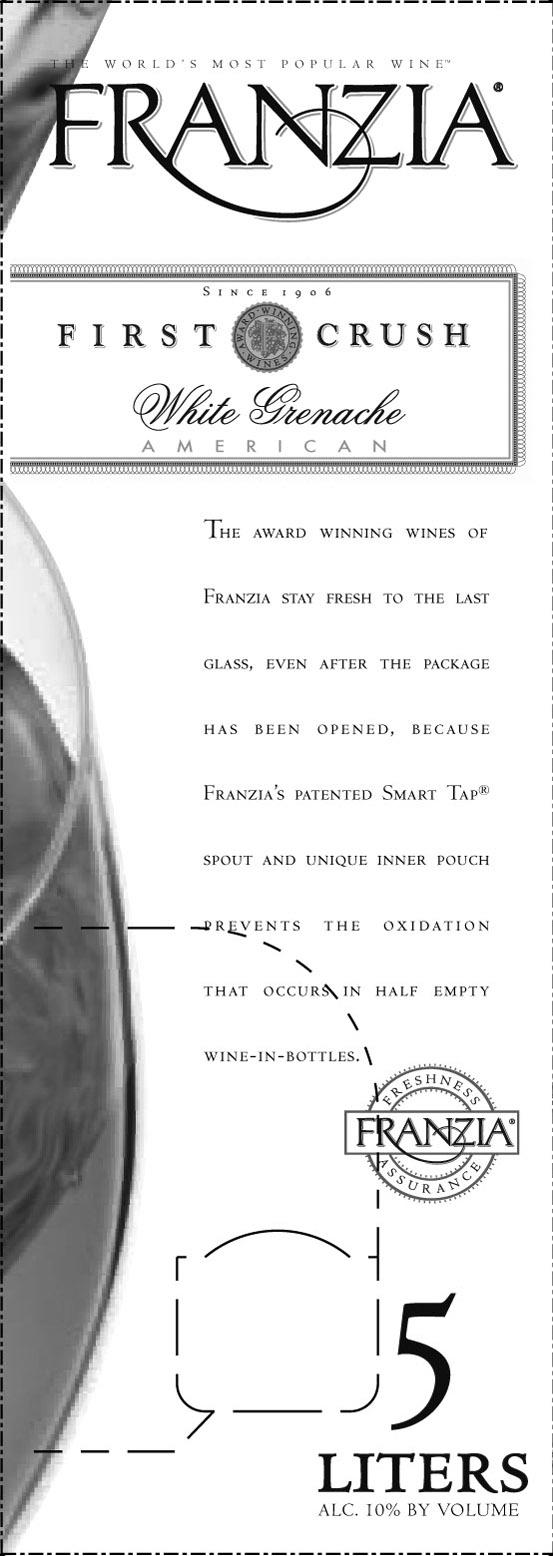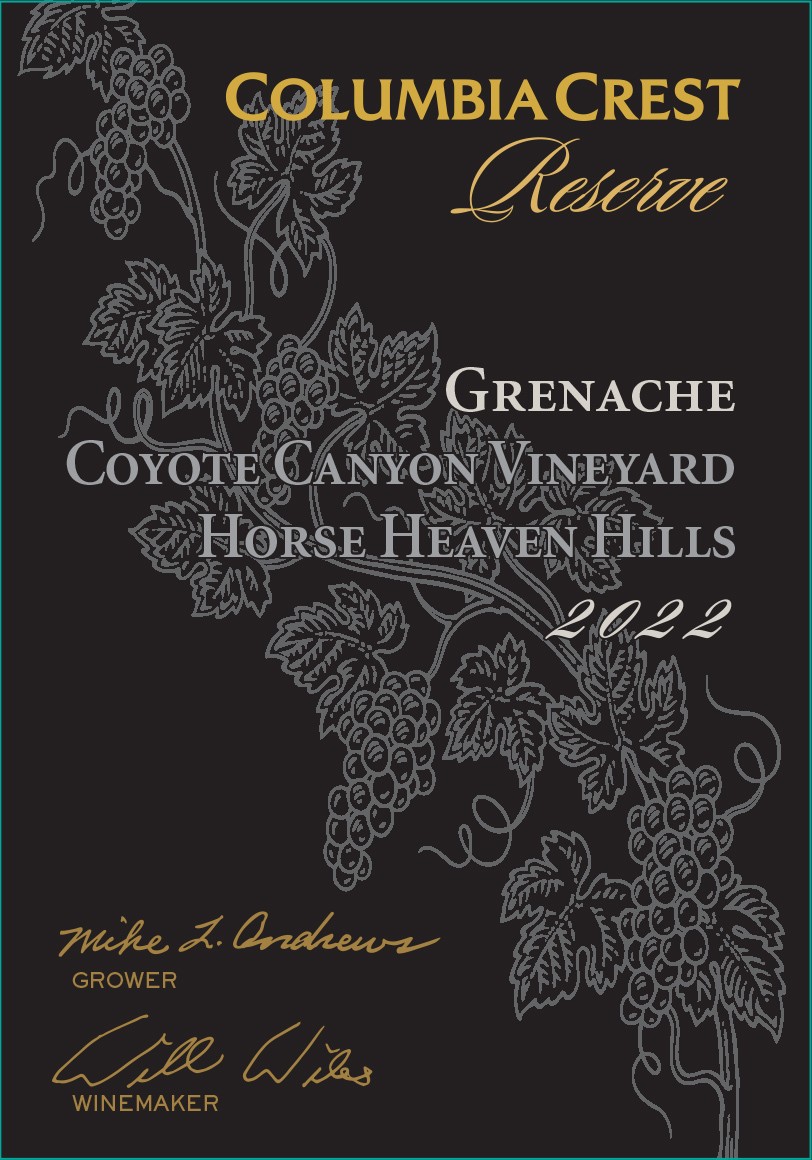Characteristics of Grenache
Grenache stands out for its bright red fruit flavors—raspberry, strawberry, and cherry—often accented by white pepper, licorice, and dried herbs, with vanilla, clove, cinnamon, smoke, or toast coming from oak aging. In warmer regions, Grenache shows richer notes of blackberry, plum, and a touch of jamminess, while cooler climates highlight its herbal side.
Grenache Blanc offers green fruits, citrus, stone fruit, floral hints like honeysuckle, and, when oak-aged, richer flavors of brioche, baked apple, and lemon curd. As Grenache ages, it can develop earthy notes of leather, dried fruit, and coffee, but careful winemaking is key to keeping its fruit and character in balance.
What Does Grenache Taste Like?
Grenache’s flavor profile is a vibrant reflection of its origins, terroir, and the climate in which it’s grown. Southern French Grenache is renowned for its layers of red fruit—raspberry, strawberry, cherry—lifted by spicy white pepper, garrigue (wild thyme, rosemary, lavender), as well as notes of licorice and dried herbs.
Spanish Garnacha, by contrast, is often more extracted and plush, with bolder, fruit-driven character and ripe, dark fruit, while French Grenache may emphasize savory and earthy nuances. Winemaking decisions such as oak aging or extended bottle age can introduce spice, vanilla, leather, or dried fruit notes, further enhancing Grenache’s expressive adaptability and sense of place.
Notable Region Grenache Grows In
Grenache’s character is shaped as much by its growing region as by the grape itself, with each area lending its own signature to the wine’s style and flavor profile.
-
Aragón, Spain: The historic home of Garnacha, where old bush vines in dry soils deliver full-bodied reds packed with ripe red and black fruit, often with a rustic edge.
-
Priorat, Spain: Steep slate hillsides yield Garnatxa-based wines of remarkable intensity, showing deep color, powerful dark fruit, mineral notes, and impressive aging potential.
-
Châteauneuf-du-Pape, France: Southern Rhône’s flagship, where Grenache dominates complex blends, producing rich, full-bodied wines with layers of ripe fruit, spice, and herbal garrigue.
-
Barossa Valley, Australia: Old vines thrive in warm climates, creating Grenache wines that are plush and ripe, with bold fruit flavors and a growing focus on freshness and balance.
Grenache Food Pairings
Grenache is a food-friendly grape that offers delicious pairing options for a wide range of dishes:
-
Lighter Grenache reds and rosés pair well with charcuterie, pâtés, grilled vegetables, roast chicken, pork loin, turkey, and Mediterranean-inspired salads or seafood, making them great for casual meals and appetizers.
-
Full-bodied Grenache wines from regions like Châteauneuf-du-Pape or Priorat are excellent with roasted or grilled lamb, duck, beef, venison, hearty stews, meaty pastas, and dishes featuring savory herbs and spices.
-
Sweet fortified Grenache styles such as Banyuls or Maury shine with dark chocolate desserts, nut tarts, blue cheeses, and dried fruit, while Grenache Blanc pairs beautifully with richly spiced dishes, grilled fish or poultry, creamy sauces, and robust vegetarian fare.

























